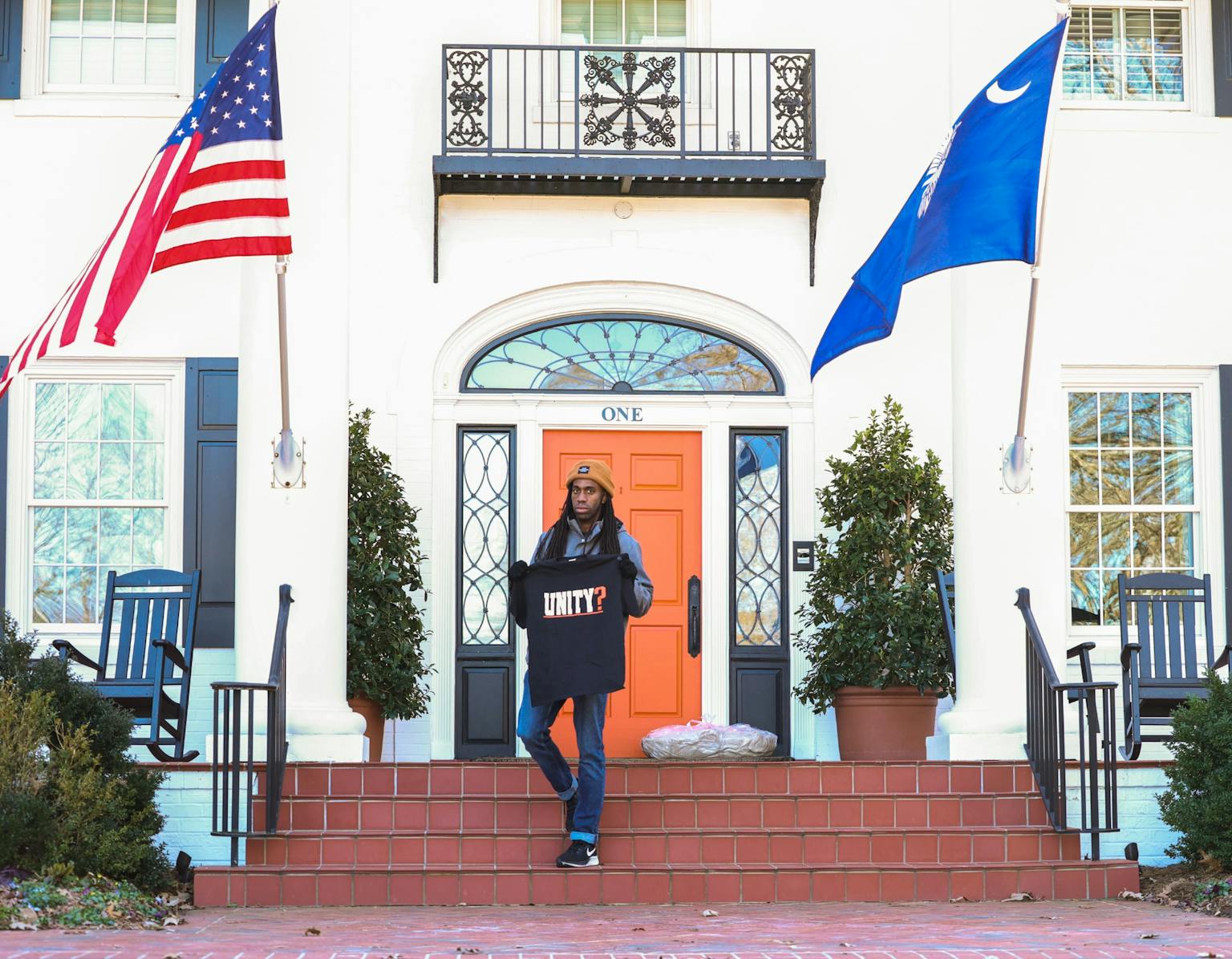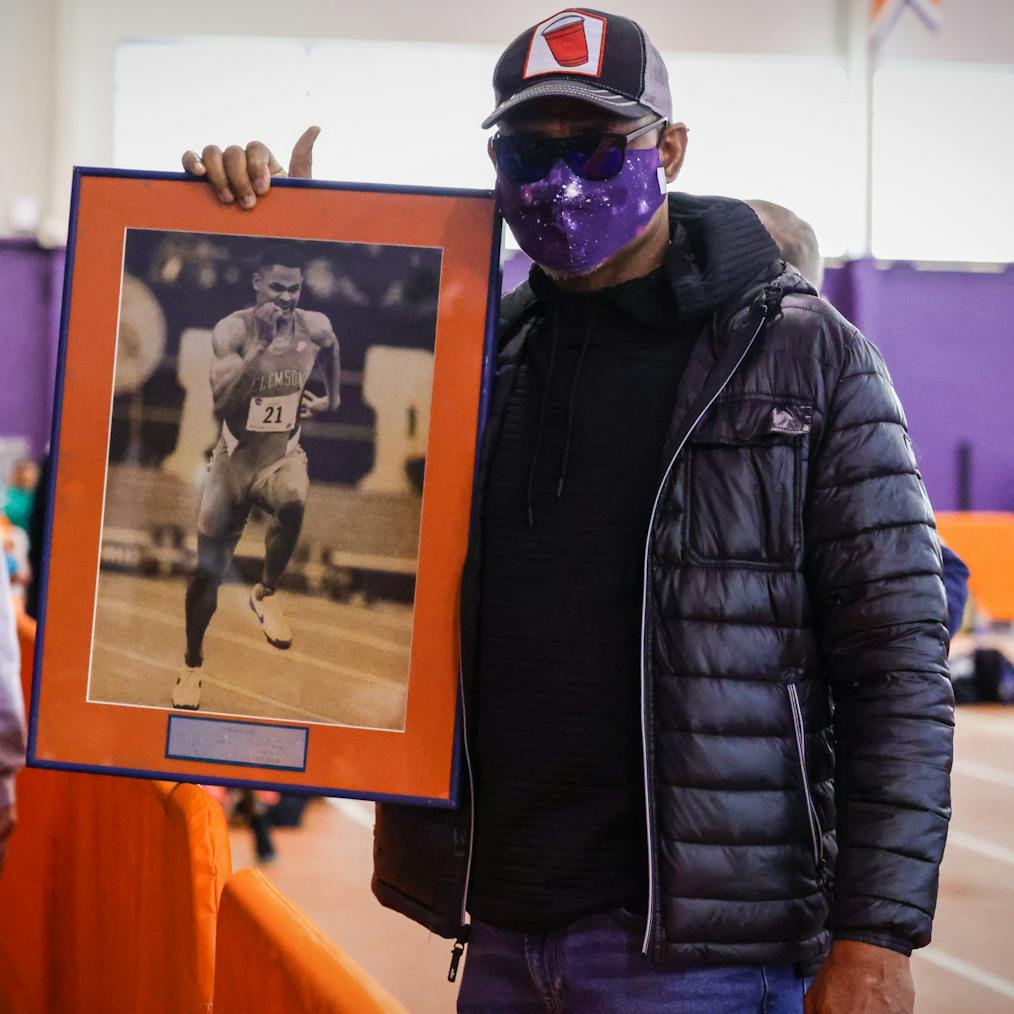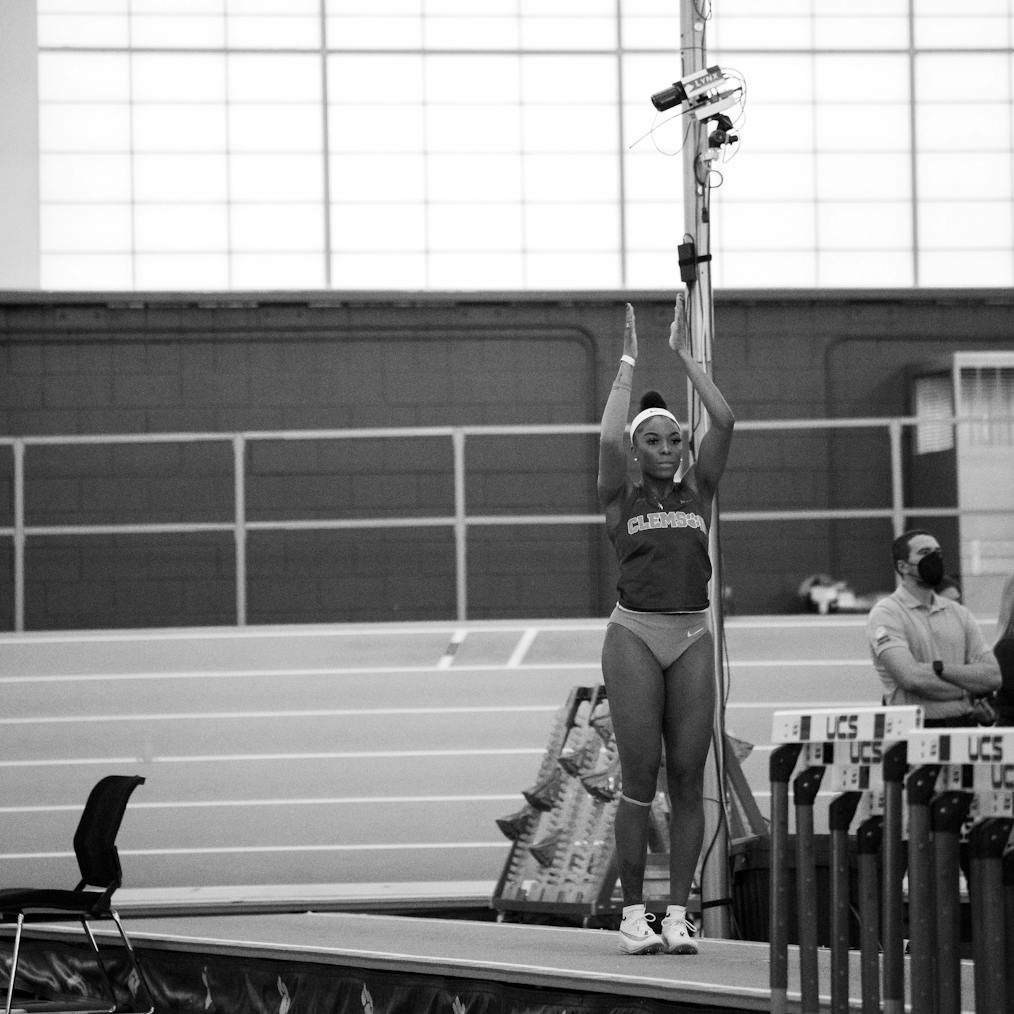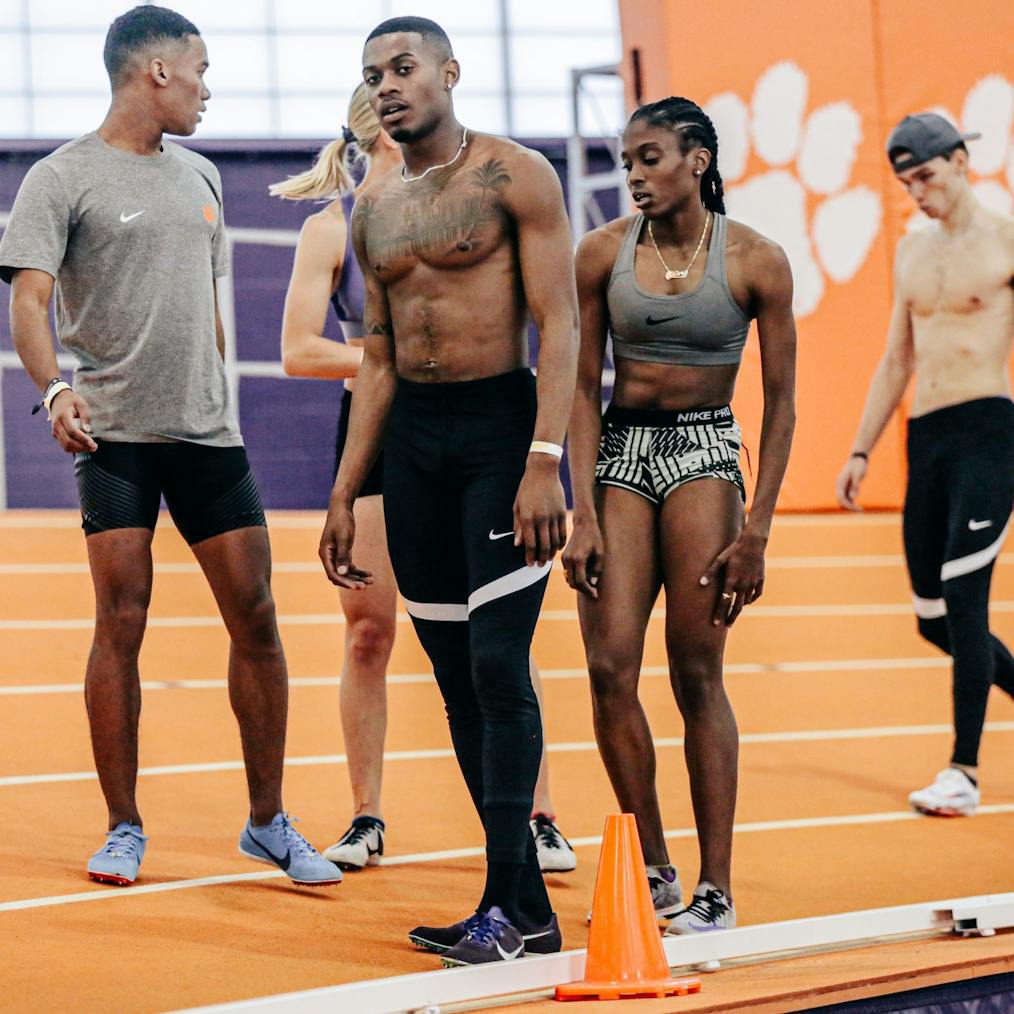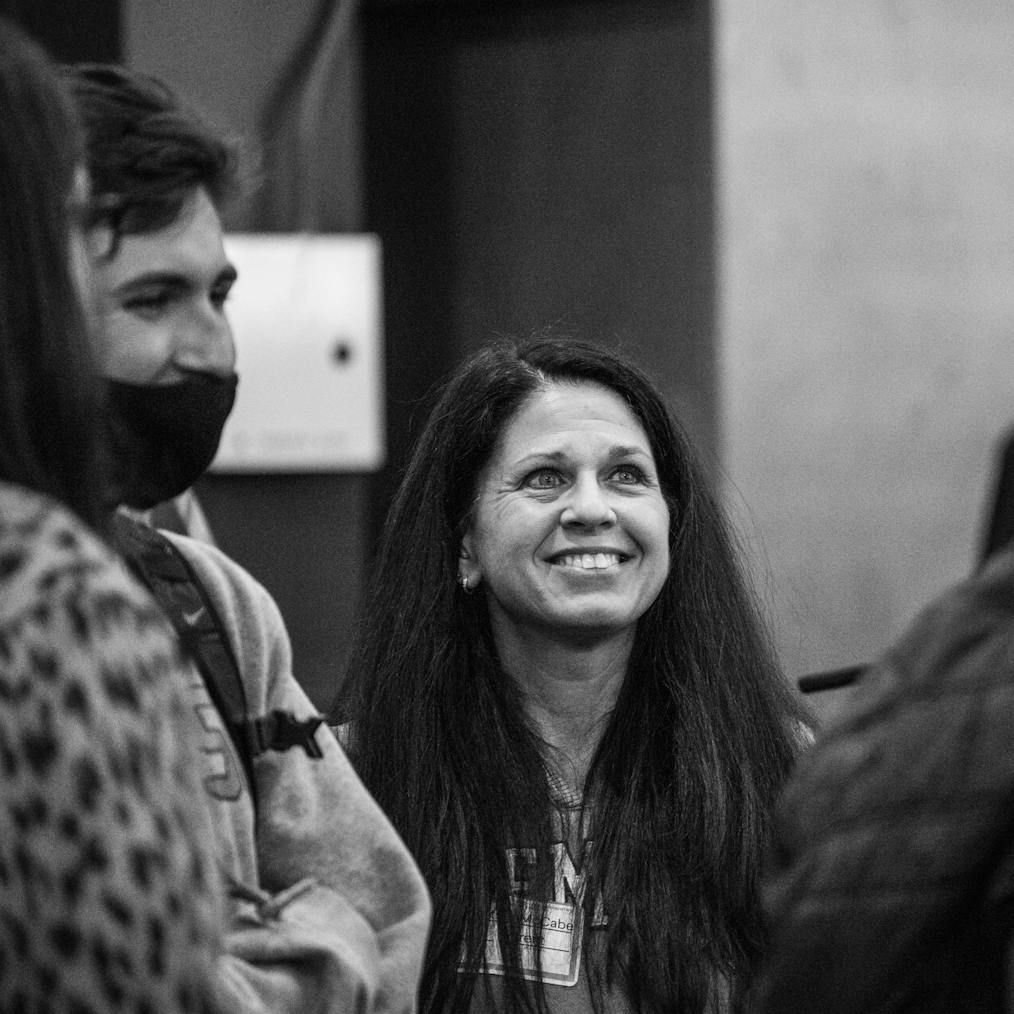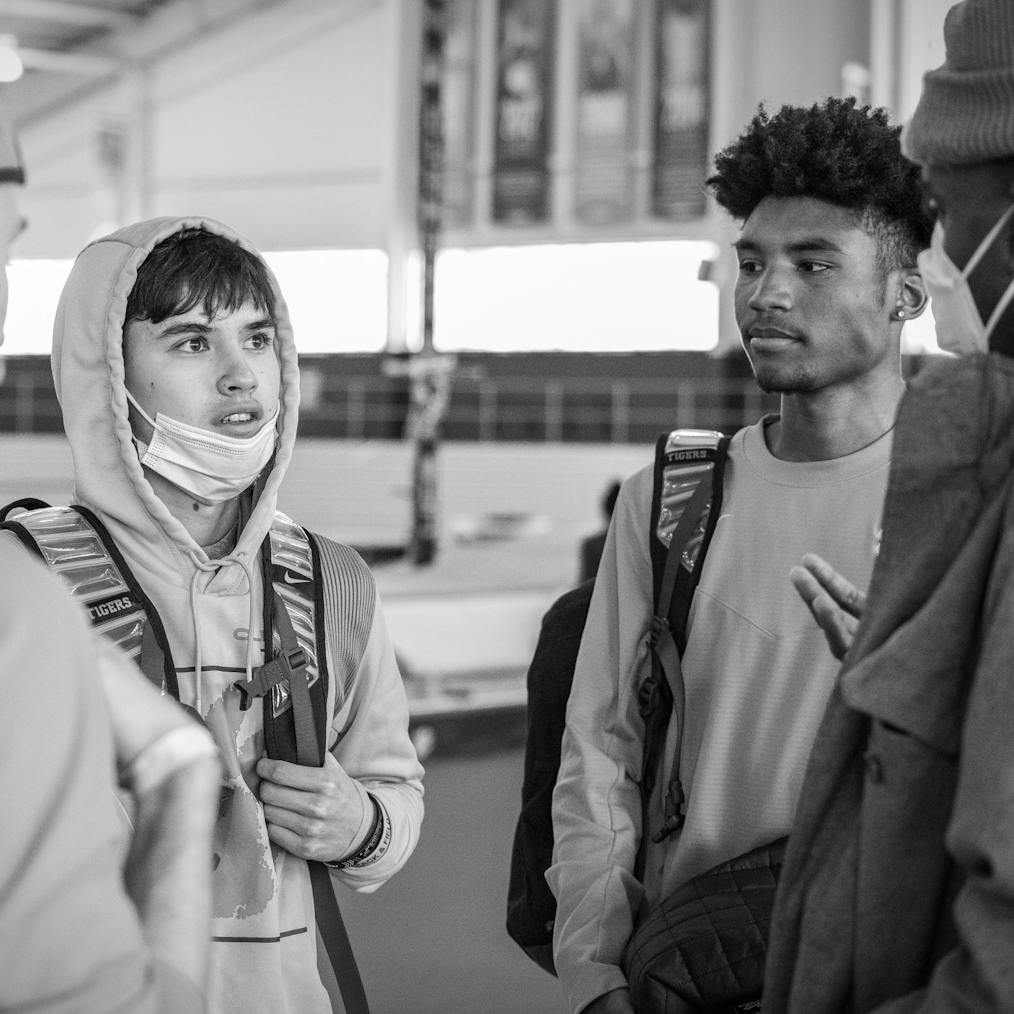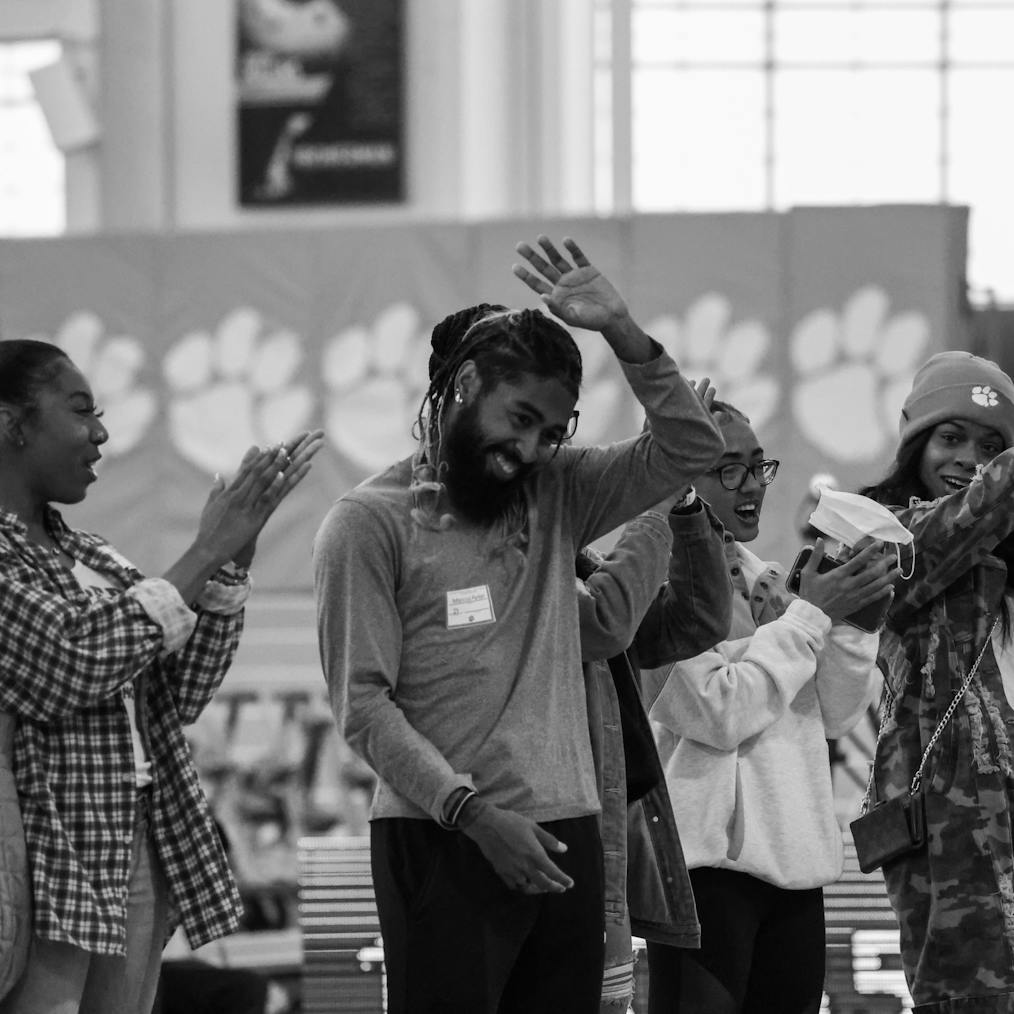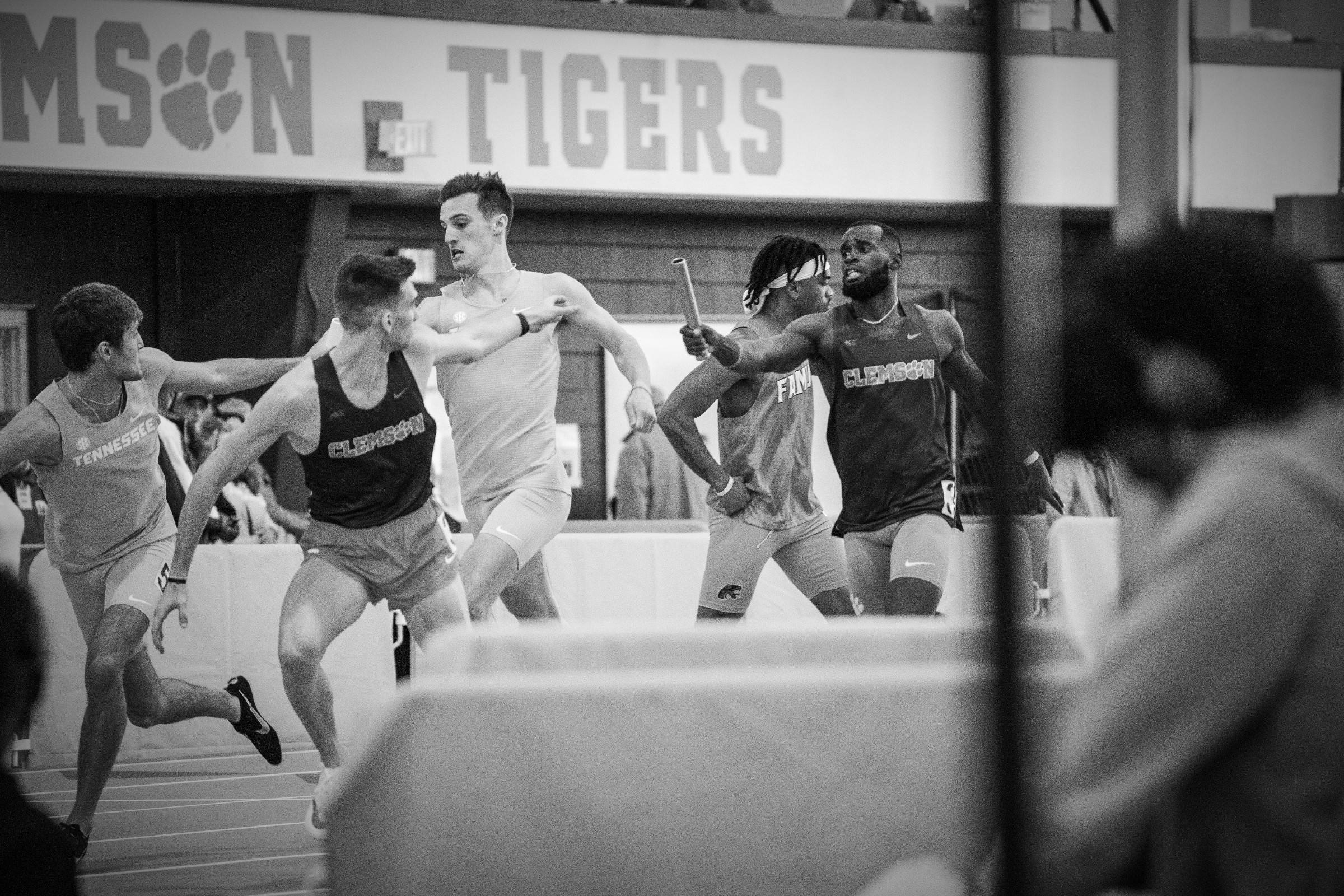
The Foundation Stone
Russell Dinkins on his return to Clemson, and that fight's role in
the formation of the Tracksmith Foundation
In 2020 an alarming number of colleges decided to cut their track and field programs: left unchecked, the threat of elimination of the sport at several colleges meant a real reduction of educational opportunities for America’s diverse populations. It also posed a threat to the sport: where would the next generation of Olympians learn their trade, if not at college?
We as a track and field community were alarmed and knew we had to respond in some way.
***
In the wake of the cuts, Russell Dinkins, a former college athlete, began a grassroots organizing effort to help save track teams from elimination. Working together with students, parents, and alumni at each school, Dinkins helped save programs at Brown University, the University of Minnesota, and William and Mary. He then began working to save a fourth school, Clemson University.
In support of this work, we at Tracksmith sponsored Dinkins’ efforts. We believed in the mission from the start, and in April of 2021, Clemson University reinstated the men’s track program after months of activism.
***
This experience raised an important question: “What more can we do to help bolster, protect, and strengthen this sport that we love?”
This led us to create the Tracksmith Foundation with the mission to create more opportunities for youth to participate in track and field and to celebrate the wonderful diversity that’s central to our sport.
Below, Russell Dinkins, the Tracksmith Foundation’s inaugural executive director, reflects on his recent return visit to Clemson, a little more than a year after he first visited campus as a part of his advocacy.
Make a donation to the Tracksmith Foundation.
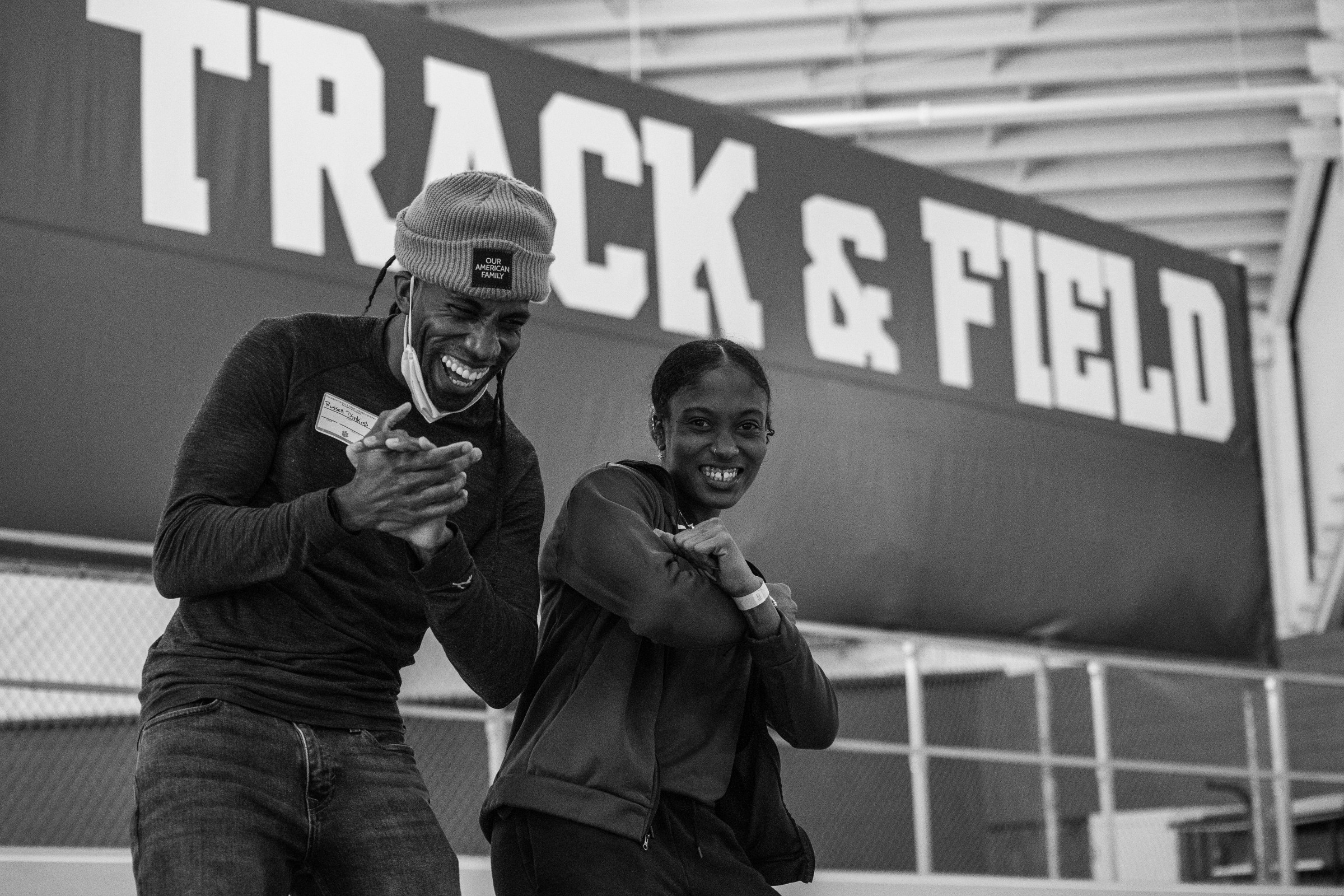
Full Circle
There was beauty in the return
Words by Russell Dinkins
Photography by Olu Olamigoke
A few weeks ago, I traveled to South Carolina to attend Clemson University’s track team’s first major alumni reunion, which occurred during their biggest indoor meet, the Bob Pollock Invitational. Alumni and parents created the reunion to build alumni engagement after the events of last year, where we successfully saved the men’s track team after the university announced plans to eliminate the program.
It was the first time I had been back to the campus since November of 2020 when I flew down to join students, parents, and alumni on a march to protest Clemson’s then-recently announced decision.
I had already made a name for myself in helping to save college track teams slated for elimination, working across three programs at three schools in the months prior to Clemson’s announcement. When students from Clemson reached out to me, I heeded the call, despite being unsure if I could “do it again.”
Clemson felt different: it was the first major football powerhouse I worked with, and it was also the first school in the deep south. Would we be as successful? Could my strategies work in a place where football is king and where culture and history had created a different relationship with issues of race and equality? When I went down to Clemson in 2020, I was very much venturing into the unknown. I would be lying if I said I was not anxious.
I remember getting on that plane and being nervous about everything. I was super cautious regarding COVID, but I felt that my presence was needed, so I put my discomfort aside and made the trip down to Clemson.
I also needed to ensure that the march would be covered by the local media. I knew that we couldn’t simply ask the media to be there – we needed to create “newsworthy” moments they could turn into stories. I went down there to ensure that these moments happened and that they were in front of the news cameras. The plan worked - thousands of people who would never have known the track team was under threat became aware because of the coverage of our protest and that put pressure on the university.
I have now only been to Clemson twice: once to help save a program and the countless, invaluable opportunities that that program affords, and this latest time to celebrate the program’s continued existence together with students, parents, and alumni.
The hurt and frustration that I saw in the faces of the students during the protest in 2020 had been replaced by a competitive fire and a joy in 2021. To see the students, parents, and alumni exult in the team’s existence at the Bob Pollock Invitational, an existence that, if it were not for the extraordinary efforts of a passionate few, would no longer exist, was truly remarkable and beautiful.
However, floating subtly over it all was a quiet melancholy and a deep sense of gratitude. It was something you could see in the eyes of the alumni at the reunion and hear in the voices of parents. It was something you could sense in the resolve of the athletes as they competed.
It is almost unfathomable to think of what we accomplished: that a group of students, parents, and alumni, led by someone who was previously a stranger, successfully challenged one of the biggest sports powerhouses in the NCAA. But what’s most important is that we saved hundreds of opportunities not only for future Clemson Tigers, but for athletes all over this country. Other schools who were quietly looking to follow Clemson’s lead and cut their own track programs were stopped in their tracks. What we accomplished helped save hundreds of academic opportunities – opportunities that can be life-changing.
When I think about my return to Clemson, I think about how I first walked the grounds of campus in protest and how, a year later, I was able to return and walk the grounds in celebration. But as we celebrate the team’s continued existence and what surely could be described as a victory, we have to remind ourselves that these opportunities are not foregone conclusions, that there’s more work to be done to ensure that these opportunities remain for future generations.
My core motivation for this work has been to “fight for that kid whose name I will never know” and to ensure that they have the same awesome educational opportunities offered via track that I, and countless others, have been able to enjoy.
Even though I will never meet all those who will benefit in the years to come from our work, I know his story, and I can see her face. And it fills me with immense joy to think of them – the Black and Brown kids who will have opportunities that would have otherwise been denied, the kid from a lower-income background who will be the first in their family to attend college. I am deeply proud and honored to have the opportunity to help protect these opportunities.
The work continues, but in returning to Clemson I was able to get a profound appreciation for what this past year has meant, the lives we impacted, and what we managed to accomplish, together.
For more photography by Olu Olamigoke Jr., visit his site
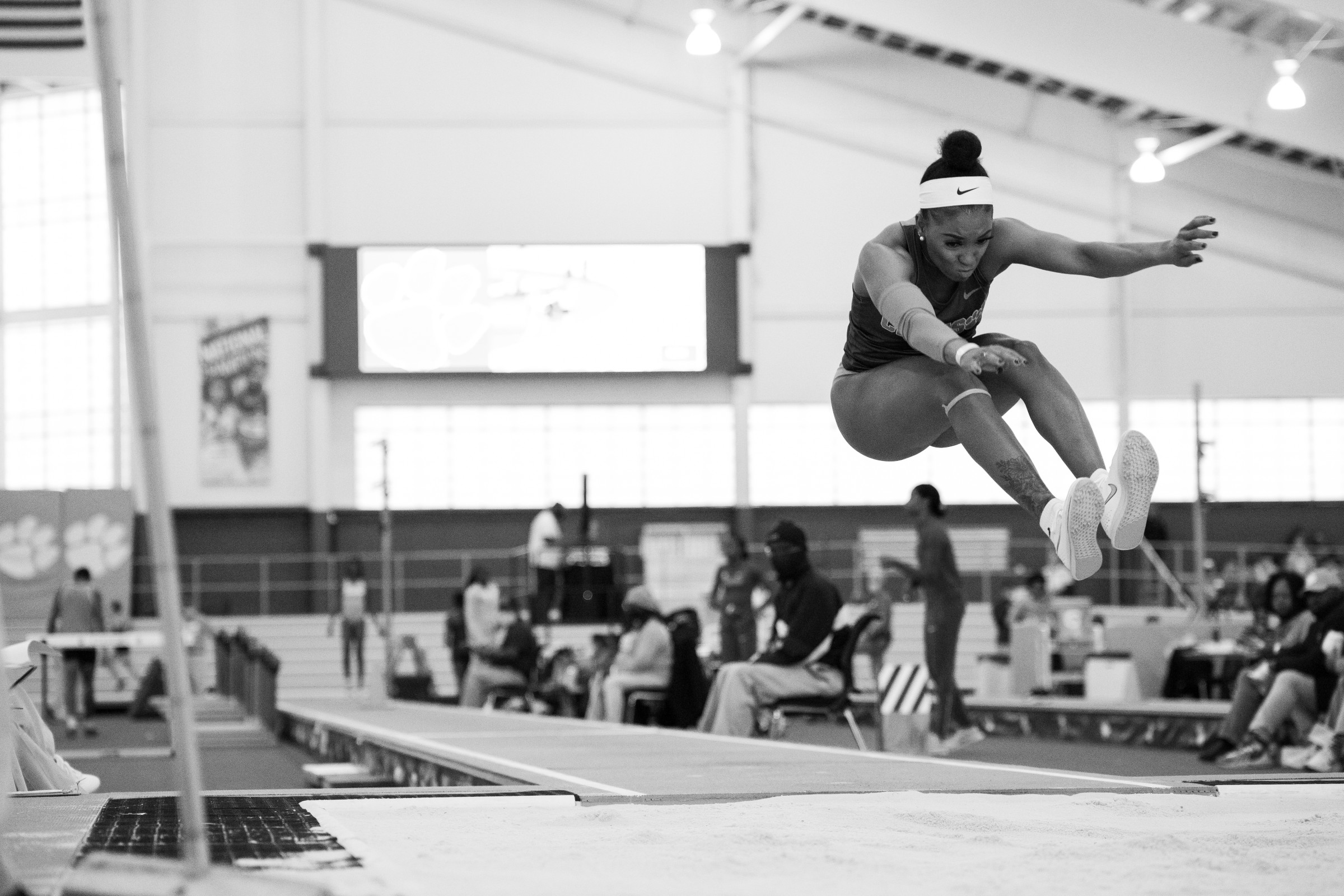
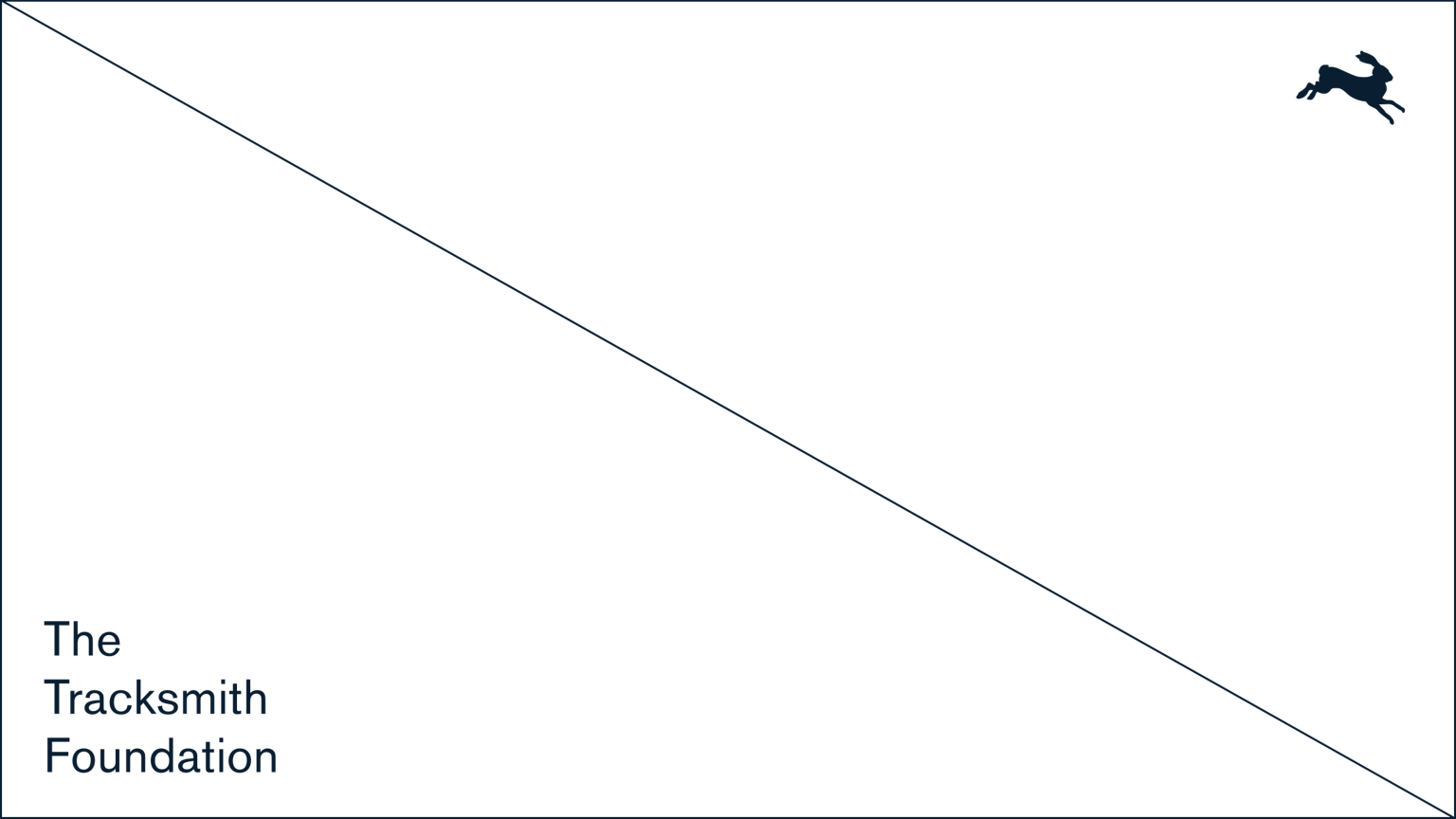
The Tracksmith Foundation
"The goal is simple yet ambitious: to give more people the opportunity to participate in track and field. We believe the lessons learned from being part of a track and field team are the lessons that help create a more inclusive society.
"Track and field is perhaps the most diverse sport in the world. A typical meet has 40 events – including sprints, jumps, throws and distance races - and it encourages athletes of different abilities, backgrounds, religions, races and socioeconomic status to build meaningful relationships through shared suffering in pursuit of a common goal. The combination of diversity and camaraderie instills a
commitment to tolerance, openness and empathy."
